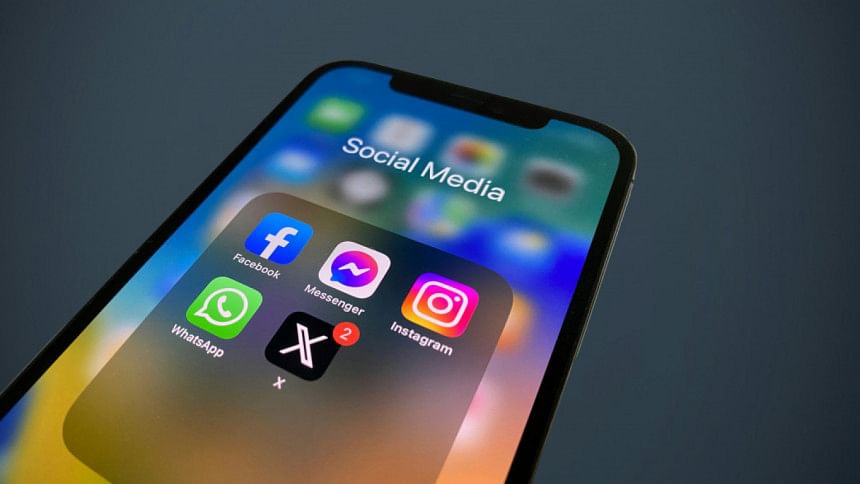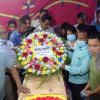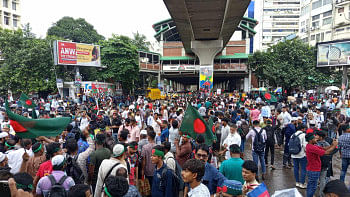What not to post during a national tragedy

"I asked ChatGPT what the kids must have felt when the plane crashed into them. It said that it was hundreds of times hotter than boiling temperature—how horrific!"
My eyes came unglued when I saw this Facebook post just hours after the Milestone jet crash that claimed the lives of at least 31 people as of this writing—with hundreds still fighting for their lives in burn units. This stands as the single most tragic aviation disaster that happened within the confines of Bangladesh after the 1984 Biman Bangladesh Airlines Fokker F27 crash, which killed all 49 people on board when it crashed near Dhaka in bad weather.
Amidst the nightmare-like scenario that ensued—the total chaos, disturbing videos, and the irreversible loss of young lives—emotion peddlers on social media came out of their sultry holes to gain likes and shares. As emergency responders battled flames and families clung to hope outside ICU wards, social media lit up with dramatized narratives, graphic speculations, and heavily edited videos accompanied by trending songs—as if this real, unfolding grief were just another moment to capitalize on. This is not only insensitive but also inhumane.
Imagine, as a grieving parent, reading graphic descriptions of your own child's bones falling off their body in blatantly obvious attention-seeking posts. Imagine seeing videos of victims hamstrung with songs from Bollywood, presented in the form of the epitome of brain rot and mass consumption—Facebook reels.
Social media, by its very design, rewards engagement. The more dramatic or emotionally provocative a post is, the more it spreads. This creates an environment where tragedy becomes content, and grief becomes a tool for visibility.
Particular influencers are becoming increasingly cunning—following news portals and extracting information about victims and their families, only to extract "emotional" narratives about the grieving families to further enhance said visibility. Some are sharing pictures of children with half-burnt bodies without any censorship whatsoever.
Academics like Lilie Chouliaraki have spoken of this as part of the new "post-humanitarian" era—where expressions of solidarity are reduced to curated, self-expressive acts. What's worse, these acts often blur the line between empathy and exploitation. In moments of national crisis, instead of silence or responsible support, we see people racing to post—some with captions like "Allah please save them" or "Can't hold my tears," while a trending audio plays in the background. This isn't mourning; it's marketing.
A newer term, "disaster porn," also emerges in this context—where footage of suffering is stylized for mass consumption, often divorced from its painful reality. Victims are no longer people; they are pixels—edited for aesthetics. This raises deeply unsettling questions: Who owns the right to grieve? Who gets to tell these stories? And who benefits from these visuals?
In our current political culture, it is extremely difficult to stop political parties from politicizing the deaths of these innocent children. Opportunists, including remnants from a fallen regime and emerging powers, have already started finger-pointing and shifting blame. An entire secretariat has been vandalized by aggrieved students. A lot of this grief stems from constantly seeing this disaster-peddling on social media—where the easiest retort in a disaster is to blame someone and move on.
While we can't change the sensitivities of millions of social media users overnight, we need to really think about which content we support, because it cannot be the ones that extract dollars off dead bodies.
The author is Entertainment Editor at The Daily Star.

 For all latest news, follow The Daily Star's Google News channel.
For all latest news, follow The Daily Star's Google News channel. 








Comments